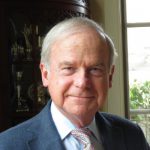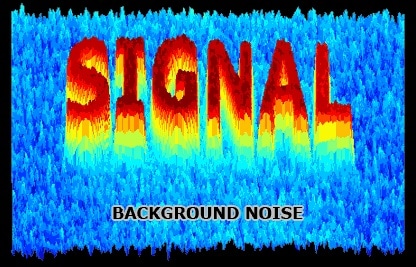Serving the Consumer – a New North Star?
Concerns about coping with the COVID-19 crisis and what may lie beyond has preoccupied our personal and professional lives thus far in 2020. And they will undoubtedly linger for a considerable time yet.
One silver lining is a growing recognition of the importance of relating to our clientele at a distance – i.e. by relying on the Internet using contemporary communication processes as well as direct-to-consumer hearing detection and treatment technologies.
Responding to these needs can presage a more effective approach to improving and extending care for those currently in the system in addition to providing hearing health knowledge and services to the many millions who have been left out. There are compelling reasons to set such a goal as our New North Star!
For more than seven years, we’ve argued that our scope of hearing health delivery is falling short and the industry as we know it will inevitably be disrupted. The breadth of the hearing problem, the way it traditionally has been managed, coupled with the growth of personalized medicine and consumer electronics has made that a safe bet. Past HHTM posts have highlighted this conviction further and offered views about the implications, including what further developments and adaptations should be anticipated.
Underlying these perceptions has been a quest for a 21st century model that can be applied much more widely, yet remain profitable.
The Basic Premise — Given the large number of people who are uninformed or otherwise distracted and are clearly not engaged, hearing loss has become the largest untreated chronic health issue in our society. In fact, taking we now know about the consequences of ignoring or delaying detection and treatment, it’s grown to become a serious public health problem. This series of posts enlarge on this foundation by focusing on the consumer and how this deficit should be addressed.
Let’s start with “the facts”
The customary numbers are well known. About 48 million Americans (say 15% of the population) report some degree of permanent hearing loss, age being the strongest predictor. Adding 5 million more for Canada brings the total to well over 50 million. At best, slightly more than 20% of these have been treated with hearing devices, of whom at least that same percentage (about 20%) become non-compliant soon after fitting.
Having accumulated well over 160,000 structured hearing data sets from the general public, including those with signs of hearing change within the normal range, we can assert with confidence that these estimates are outdated and understated, likely by at least 50%.
Our conservative estimate of those impacted in both countries combined lies between 70-75 million people. And we can anticipate that number will grow, not only as a function of Boomers aging but also because of what is expected to become a tsunami of younger people joining the cohort because of their “crank up the sound, forever listening-with-buds” lifestyle.
Against this landscape and using typical metrics, it’s very hard to argue that our industry is serving consumers well. Issues that we will tackle in my next post.
This article was originally published by Hearing Health & Technology Matters on August 11, 2020. Click here to read the original article.

Terry Mactaggart is the President and CEO of Ultimate Kiosk Inc. and Summus Hearing Solutions Inc., AI-enabled software companies with proprietary technologies aimed at capitalizing on opportunities in international hearing health. He has substantial experience with private venture creation, financing and growth as an investor, consultant, director, chairman and president of a number of companies – both privately owned and publicly traded – as well as of a private equity fund. A broad international perspective has been gained from these activities as well as from his leadership of The Niagara Institute and his time with the World Bank. Terry has a BA (Political Science and Economics) from the University of Toronto and an MBA from Stanford University. He can be reached at [email protected]

